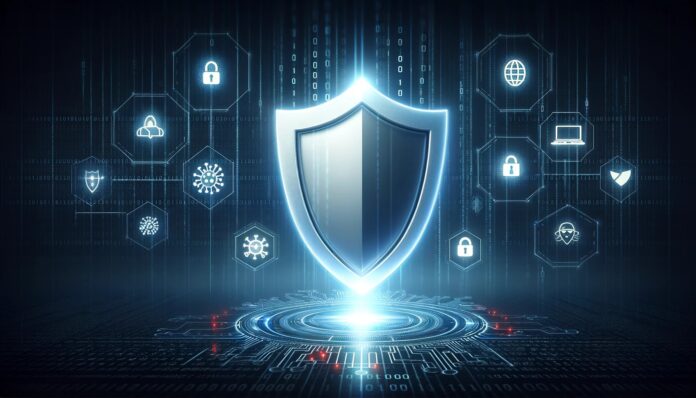
As technology evolves, so do the associated threats, making cybersecurity an essential priority for both individuals and organizations. Traditional security measures alone are no longer sufficient to protect against sophisticated and diverse threats. As cyberattacks become increasingly complex and frequent, organizations must adapt their cybersecurity practices to address modern challenges.
Understanding the Modern Threat Landscape
The nature of cyber threats has shifted dramatically in recent years. Cybercriminals employ advanced techniques such as artificial intelligence, machine learning, and social engineering to exploit vulnerabilities. Common threats include ransomware attacks, data breaches, and phishing scams, which can have severe financial and reputational consequences.
In July 2024, a report from CM-Alliance highlighted several high-profile cyberattacks, including major data breaches and ransomware incidents. For instance, the ransomware attack on Frontier Communications exposed sensitive customer data and led to significant operational disruptions. This example underscores the growing sophistication of cyber threats and the critical need for advanced security measures to combat them.
To combat these threats, organizations must have a deep understanding of the current threat landscape. This involves continuously monitoring threat intelligence sources, analyzing attack patterns, and staying informed about the latest vulnerabilities and exploits.
Embracing a Holistic Security Approach
A modern cybersecurity strategy should encompass more than just traditional perimeter defenses. It must be holistic and multi-layered, integrating various security practices and technologies. Key components of a robust security posture include:
- Zero Trust Architecture: Adopting a Zero Trust model means verifying every user and device, regardless of their location, before granting access to resources. This approach helps reduce the risk of both internal and external threats.
- Endpoint Security: With the rise of remote work and mobile devices, securing endpoints is crucial. Implementing advanced endpoint protection solutions can help detect and respond to threats at the device level.
- Network Segmentation: Dividing the network into segments helps limit the spread of attacks. Even if an attacker gains access to one segment, they will face additional barriers to accessing other critical parts of the network.
Prioritizing Employee Training and Awareness
Human error remains one of the most significant vulnerabilities in cybersecurity. Regular training and awareness programs are essential to ensure employees recognize and respond to potential threats. Effective training should cover:
- Phishing Awareness: Educating employees about recognizing phishing emails and avoiding suspicious links or attachments.
- Security Best Practices: Reinforcing the importance of strong passwords, secure file sharing, and safe browsing habits.
- Incident Reporting: Encouraging employees to promptly report any suspicious activities or security incidents to the IT team.
Leveraging Automation and AI
Automation and artificial intelligence (AI) play a significant role in modern cybersecurity. They significantly boost threat detection and response capabilities through:
- Automated Threat Detection: AI-driven systems can sort through extensive data to detect unusual patterns and potential threats in real-time. This reduces the time it takes to detect and respond to attacks.
- Incident Response Automation: Automated response mechanisms can quickly contain and mitigate threats, reducing the impact of security incidents and freeing up human resources for more strategic tasks.
Continuously Evaluating and Improving Security Measures
Cybersecurity is a continual process rather than a one-time task. To maintain robust protection, organizations must routinely assess their security posture by:
- Vulnerability Assessments: Conducting routine scans and assessments to identify and address potential vulnerabilities.
- Penetration Testing: Simulating attacks to evaluate the effectiveness of security measures and uncover weaknesses.
- Incident Reviews: Analyzing past incidents to learn from mistakes and improve response strategies.
Conclusion
Adapting cybersecurity practices to modern threats requires a proactive and dynamic approach. By understanding the evolving threat landscape, embracing a holistic security strategy, leveraging automation and AI, prioritizing employee training, and continuously evaluating security measures, organizations can better protect themselves against the ever-changing world of cyber threats. In an era where the stakes are higher than ever, staying ahead of cybercriminals is not just an option but a necessity for safeguarding sensitive information and ensuring business continuity.
Ad
